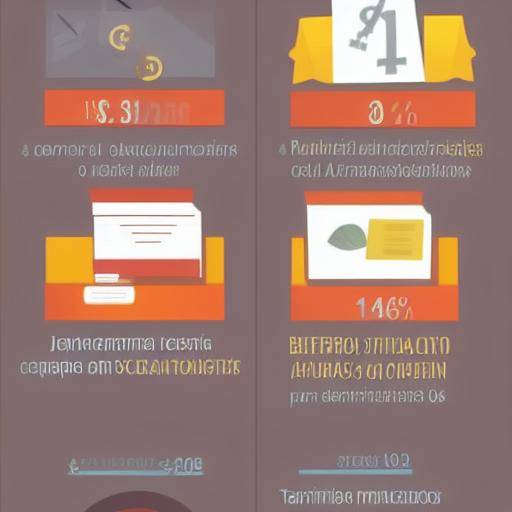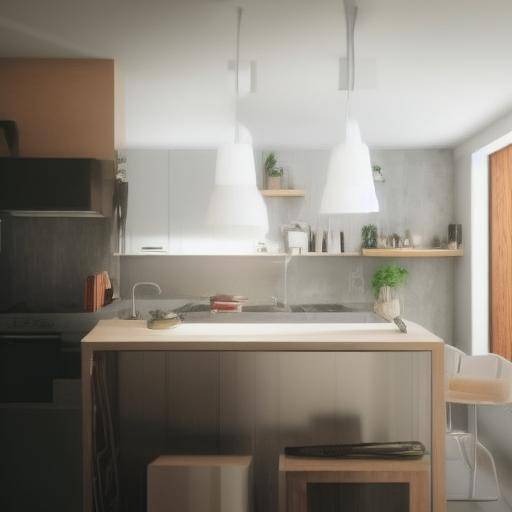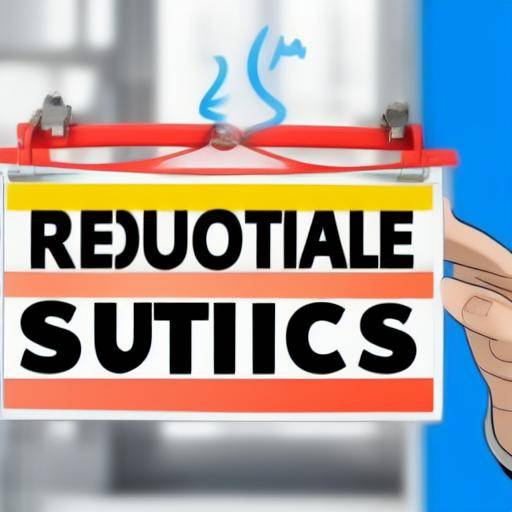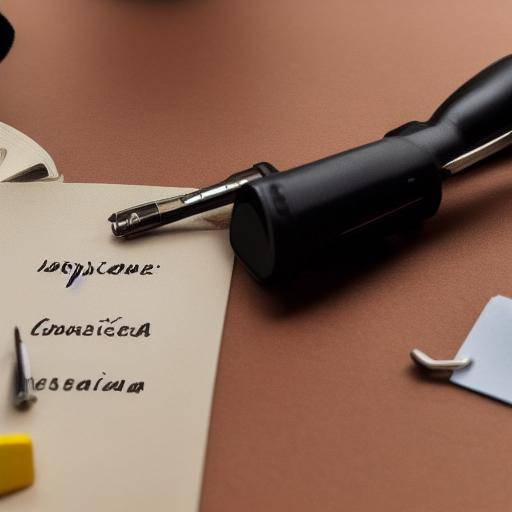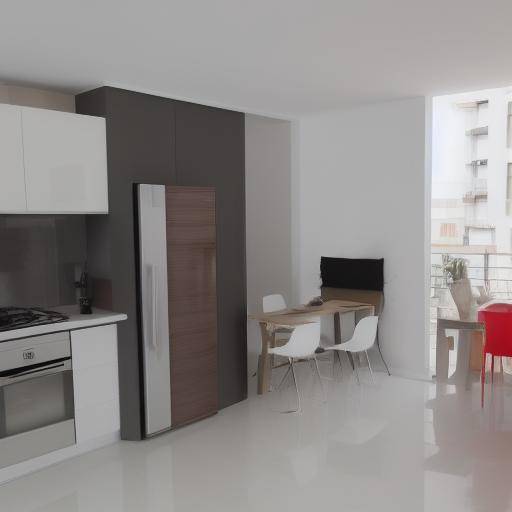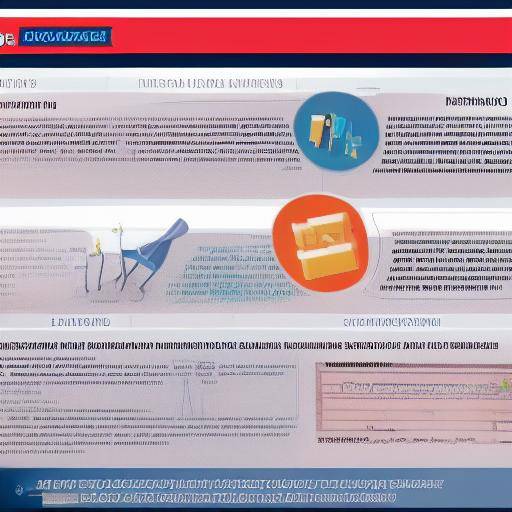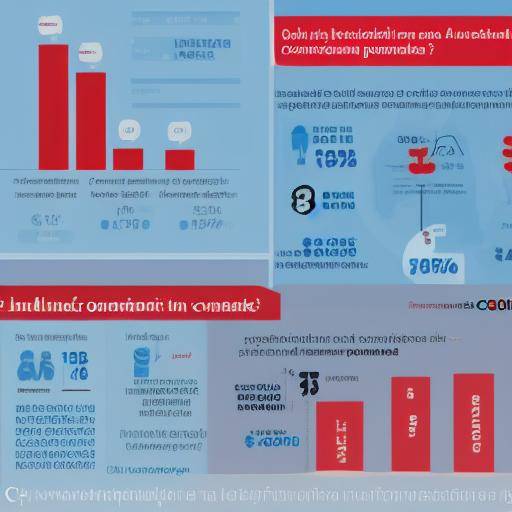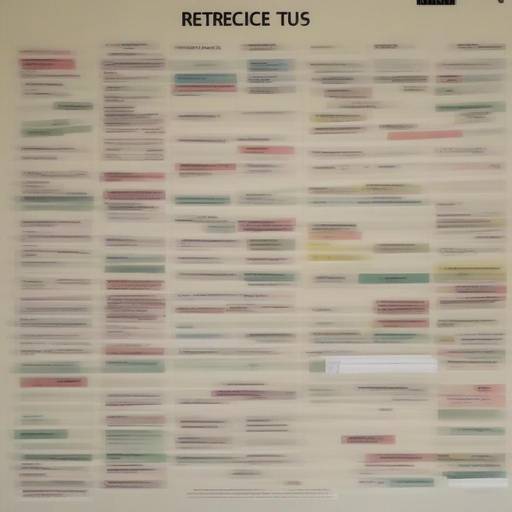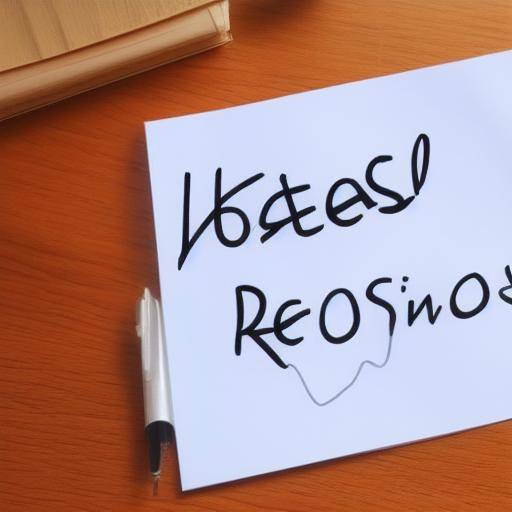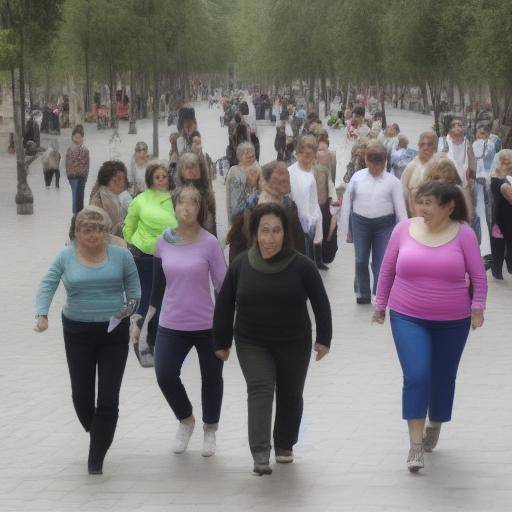
In today's world, we often face the challenge of balancing our finances while we strive to maintain a comfortable lifestyle. One of the areas where we spend most is clothing and other home goods. However, there are a variety of smart strategies that we can implement to significantly reduce these costs without compromising our quality of life. In this article, we will explore practical tips to reduce spending on clothing and other home products through smart purchasing techniques, effective planning and solid savings habits.
Smart Shopping: Intelligent Expense
Smart shopping is a powerful tool to reduce spending on clothing and other home goods. When it comes to shopping, planning and intent are key. Here are some effective strategies to intelligently purchase:
1. Research: Knowledge Before Buying
Conduct thorough investigations before making an important purchase. Watch online, compare prices, read reviews and search for discounts. This will allow you to make informed decisions and avoid impulsive shopping.
2. Setting a Budget: Staying Responsible Financial
Before making any purchases, set up a budget and write to it. This will help you avoid unnecessary expenses and prioritize your purchases more effectively.
3. Season and Sale Shopping: Make the most of Opportunities
Take advantage of seasonal sales to buy clothing and other products at reduced prices. Stores often offer significant discounts during specific seasons, which can lead to considerable long-term savings.
Effective Planning: Organization and Anticipation
Effective planning is essential to reduce spending on clothing and other household goods. Through early planning, you can avoid last-minute shopping and strategically acquire what you need, thus maximizing your resources.
1. Purchase List: Priority and Cost Control
Before shopping, make a detailed list of what you need. Keep track of the necessary items and avoid impulsive purchase, which can lead to unnecessary expenses.
2. Granel Shopping: Save Shopping in Large Quantity
By buying non-perishable bulk products, you can access discounts and avoid frequent purchases at higher prices. This is especially effective for common household items.
3. Maintenance and Care: Extend Product Useful Life
Take care of your clothes and home goods to maximize your durability. Follow the washing and storage instructions to avoid unnecessary replacements due to premature wear.
Solid Saving Habits: Manage Finance with Prudence
Adopting solid savings habits is crucial to maintaining controlled spending on clothing and other home goods.
1. Monthly Budget: Monitoring and Adjusting Expenses
Create a monthly budget that includes a specific section for spending on clothing and home products. Monitor and adjust your expenses as needed to maintain financial balance.
2. Conscious Shopping: Prioritizing the Need for Wish
Be aware of your purchases and prioritize your needs on impulsive desires. Consider the long-term usefulness of an article before making the purchase.
3. Long-Term Savings: Investing in Quality
It invests in quality pieces that can last longer, reducing the need for frequent long-term purchases. Buying good quality products may seem more expensive initially, but in the long run, saves money by avoiding constant replacements.
Conclusion
Reducing spending on clothing and other home goods is possible through smart purchasing strategies, effective planning and adoption of solid savings habits. By researching before buying, establishing a budget and keeping a conscious mindset about consumption, you can achieve a financial balance without compromising your lifestyle. Remember that every little change in your spending habits can add big long-term savings, allowing you to enjoy greater financial stability and tranquility.


